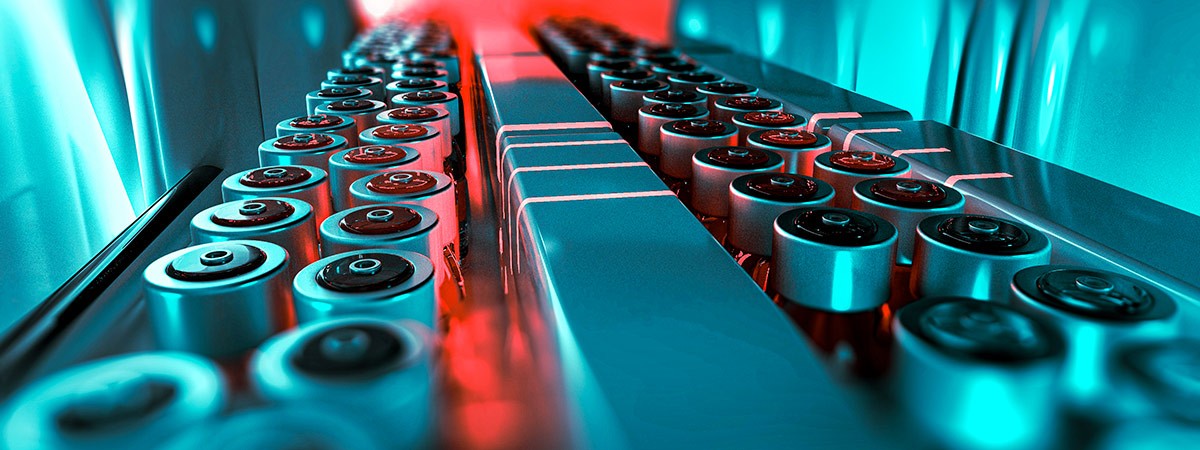From adequate cooling to correct sterilization, vacuum accompanies vaccines from manufacture to injection. Each type of vaccine has its own requirements that must be adhered to: a particular storage temperature, a certain shelf life, a special storage medium. Vacuum pumps from Busch are used to create each of these and make sure that the vaccine remains effective and reaches the patient safely.
Nonreactive and resistant
Liquid vaccines need to be stored appropriately until it is time to be injected. Borosilicate glass is by far the most popular material used for the glass vials that hold vaccines. It has the advantage of being completely non-reactive to its contents, resistant to enzymes, and able to withstand temperature changes. During manufacture, when the borosilicate mixture is melted, it is put under vacuum to extract any air bubbles trapped in the liquid glass. Vacuum also makes sure that the molten glass is distributed equally throughout the mold. This ensures that the glass forms evenly and without any weak points, giving the vial the strength and stability it needs.Cool storage and a sterile injection
To maintain their efficacy, vaccines have to be kept at a low temperature during transport and storage. The exact temperature needed depends on the vaccine but, for most of them, is around 2 and 8 °C. Temperature regulation in most domestic refrigerators is not exact enough for the stringent requirements of vaccine storage, so special ultra-precise refrigeration units are essential in keeping the vaccine safe for the patient. Vacuum pumps from Busch are used to fill the cooling circuits of these refrigeration units with the appropriate gases.To get the vaccine from vial to patient, there are two other important components: the syringe and needle. These are sterilized in a low-temperature process using ethylene oxide gas mixed with steam. Ethylene oxide is an antimicrobial sterilizing agent that kills bacteria, viruses, and fungi. It is capable of penetrating multiple layers of packaging and sterilizing even hard-to-reach places. However, as it is highly explosive, it requires special handling. The vaccine needles and syringes are placed inside an airtight sterilization chamber, and the air inside is evacuated using a vacuum pump from Busch. Steam and ethylene oxide gas are then introduced. Once the sterilization cycle is complete, nitrogen is pumped into the chamber and the resulting gas mixture extracted using vacuum. The syringes and needles are now sterile, free of ethylene oxide, and can be used safely.
